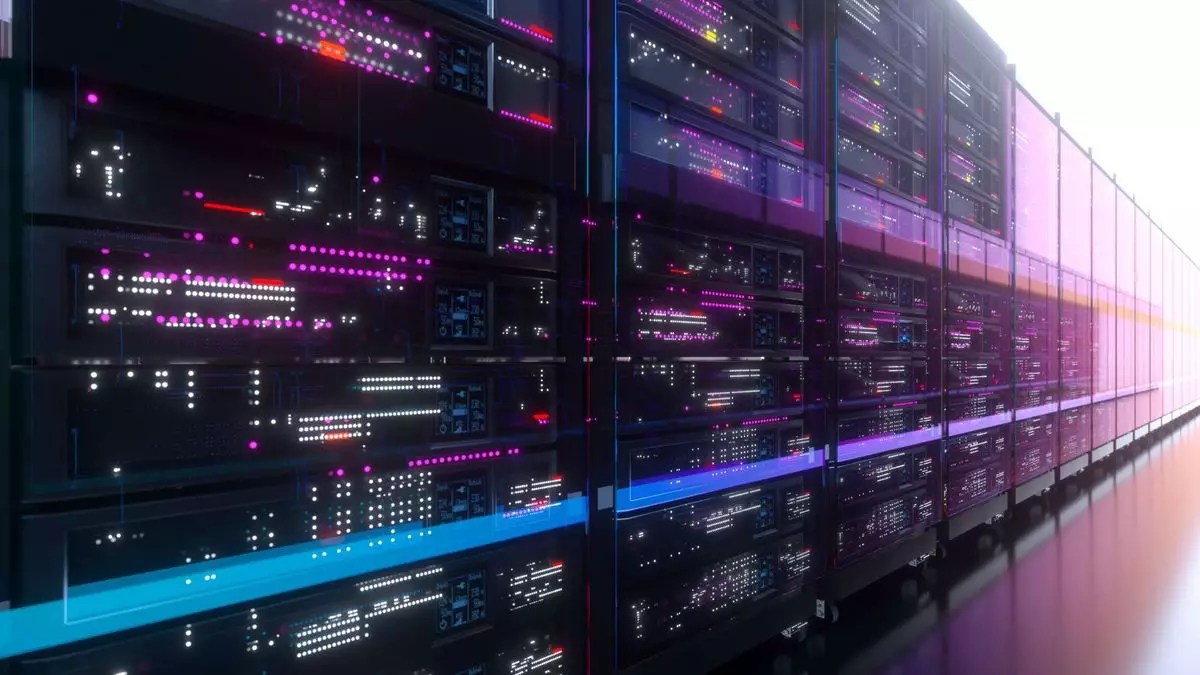In recent years, there has been a clear trend of flagship graphics cards increasing in their maximum power consumption. The latest models, such as the RTX 4090, RTX 3090 Ti, and AMD’s RX 7900 XTX, are pushing the boundaries with power ratings exceeding 400W and in some cases even reaching 1,000W. These numbers may seem staggering compared to previous generations, but they are a testament to the growing demand for high performance GPUs in various industries.
The Next Generation GB200 AI Accelerator
One of the most talked-about developments in the GPU industry is Nvidia’s upcoming GB200 AI accelerator, which is rumored to have a power consumption of up to 1,000W. This claim was made by Dell COO Jeffrey Clarke during an earnings call, adding credibility to the speculation. While there seems to be some confusion regarding the exact nomenclature of the GPU (B200 or GB200), it is clear that this new generation of GPUs is geared towards delivering unparalleled performance in cloud AI systems.
The Shift Towards High Performance AI Accelerators
The demand for high performance AI accelerators has been steadily increasing, with Nvidia solidifying its position as one of the top companies in the market. As AI continues to be a driving force in various industries, the need for powerful GPUs like the GB200 becomes more apparent. While desktop gaming GPUs may not reach the 1,000W mark anytime soon, it is evident that the industry is heading towards higher power consumption as a trade-off for superior performance.
As flagship enterprise GPUs like the GB200 set new benchmarks in power consumption, it raises questions about the future of consumer gaming GPUs. While the focus on performance remains a top priority, concerns about heat dissipation, power efficiency, and overall user experience become more relevant. The possibility of 600W+ gaming GPUs becoming a reality may sound daunting to some, considering the challenges it poses in terms of cooling and power supply requirements.
The prospect of high power consumption GPUs like the future RTX 5090 raises concerns among consumers and enthusiasts alike. The shift towards quad slot or AIO cooled cards for overclocked models may become the new norm, as GPUs with TDPs above 500W become more common. While the pursuit of higher performance is admirable, it is crucial for manufacturers to address the challenges associated with increased power consumption, such as heat management, power efficiency, and user comfort.
The rise of high power consumption in graphics cards signifies a paradigm shift in the industry towards performance-driven solutions. While the future of GPUs like the GB200 may be geared towards cloud AI systems, it raises important considerations for consumer gaming GPUs as well. As technology continues to evolve, finding a balance between performance, power consumption, and user experience will be crucial in shaping the future of graphics cards.


Leave a Reply